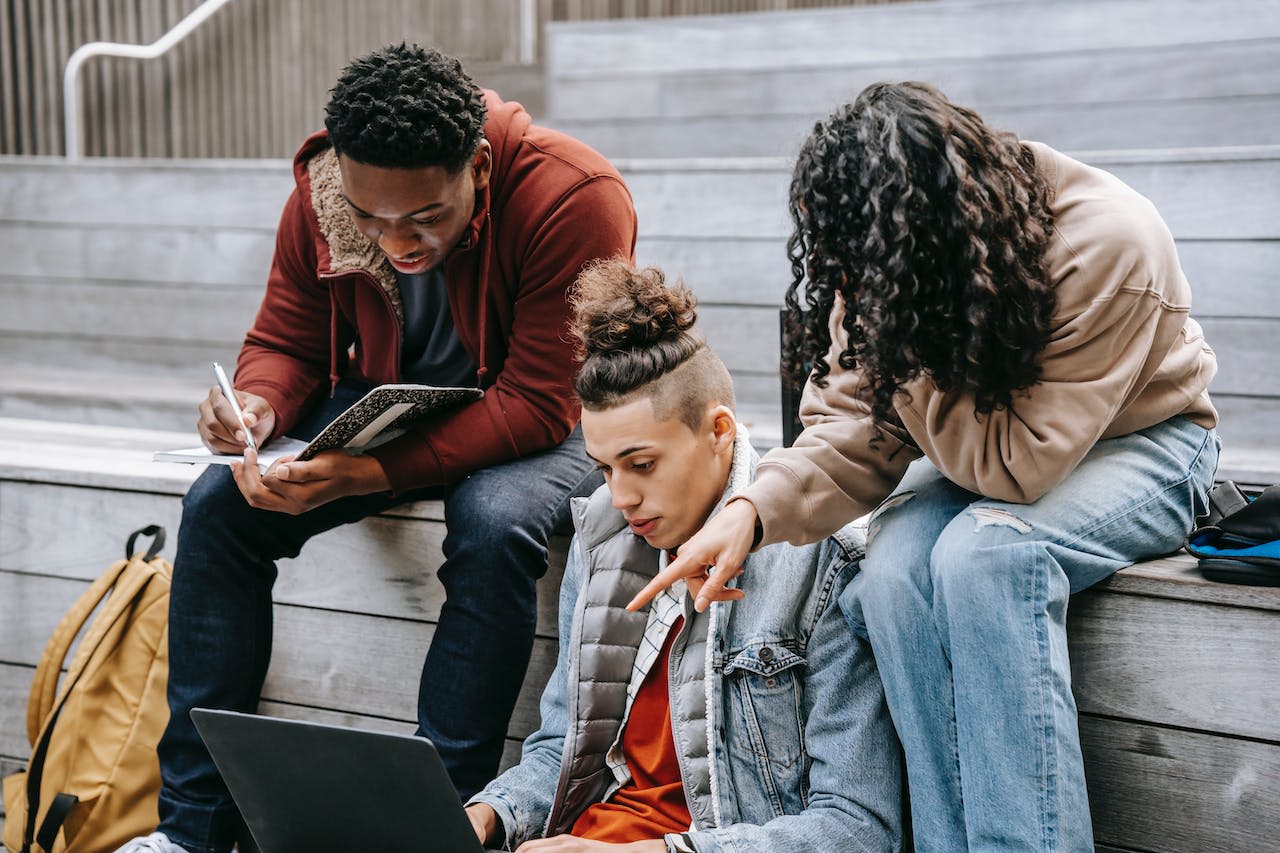Cooperative Learning: The what and how
Cooperative learning is an instructional strategy that fosters collaboration among students in a group setting, with the aim of achieving common learning goals.

Cooperative learning is an instructional strategy that fosters collaboration among students in a group setting, with the aim of achieving common learning goals. In this article, we will delve into the principles of cooperative learning, a pedagogical approach that emphasizes group collaboration, interdependence, and shared success.
💡 Lessons learnt: In learning you will teach, in teaching you will learn.
The Principles of Cooperative Learning
- Positive Interdependence: Cooperative learning is based on the principle of positive interdependence. This means that students understand that their success is intertwined with the success of their peers. In a cooperative learning setting, learners realize that they must collaborate, share knowledge, and support one another to achieve common goals. This principle nurtures a sense of unity and shared responsibility within the group.
- Face-to-Face Interaction: Students work together in small groups, allowing for direct communication and discussion. This personal interaction fosters a deeper understanding of the subject and promotes active engagement. It also encourages the development of interpersonal skills as students learn to communicate effectively and collaborate efficiently.
- Individual and Group Accountability: Cooperative learning balances individual and group accountability. Each group member is responsible for their own learning, ensuring that no one can simply "coast" while others do the work. Simultaneously, groups are collectively accountable for achieving the set objectives. This combination of individual and group responsibility motivates students to contribute actively and ensures that everyone benefits from the collaboration.
- Interpersonal and Small-Group Skills: It also aims to enhance interpersonal and small-group skills. Students develop essential life skills, such as effective communication, conflict resolution, and working in diverse teams. These skills are invaluable in both educational and real-world settings.
- Group Processing: Group processing involves reflection and self-assessment by the cooperative group. Periodic group discussions or reflections enable students to evaluate their group's effectiveness, identify areas for improvement, and adjust their collaborative strategies. This practice instills a sense of continuous improvement and encourages metacognition.
- Promotive Interaction: Cooperative learning relies on promotive interaction, where students actively help their peers understand the subject matter. This reciprocal teaching approach benefits both the learner and the one receiving assistance.
Implementing Cooperative Learning Effectively
- Choose the right strategy: Cooperative learning techniques offer significant flexibility and often demand minimal if any, preparation. Many of these methods can be swiftly executed in less than five minutes, effectively engaging and challenging all students in the classroom during this brief period. Some of these strategies include Think-pair-share, circle-the-sage, timed-pair-share, Rally coach, and Agree-Disagree-Lineups.
- Group Formation: When forming groups for cooperative learning, consider factors like students' abilities, interests, and personalities. Heterogeneous groups can encourage peer teaching, while homogeneous groups may be suitable for addressing specific learning needs.
- Clear Objectives: Ensure that students understand the goals of the cooperative learning activity. Clearly defined objectives provide direction and purpose.
- Positive Interdependence: Promote the idea that all group members must succeed for the group to succeed. When students realize their collective success depends on each member's efforts, they are more likely to collaborate effectively.
- Teacher Role: The role of the teacher in cooperative learning is that of a facilitator. You should provide guidance, monitor group interactions, and intervene when necessary. However, allow students to take ownership of their learning.
Cooperative Learning in the Classroom (Timed-pair-share)
Ms. Johansson, a dedicated high school science teacher, faced the challenge of improving her students' understanding of the complex topic of some biological concepts. Some were naturally more inclined toward the subject and could easily grasp the biochemical intricacies, while others struggled. Recognizing the need for a change in her teaching methodology, Ms. Johansson decided to implement cooperative learning in her biology classroom.
Challenge: Each pair of students will be assigned a unique biological concept, such as "cell mitosis" or "respiration". They will have a limited time, let's say 10 minutes, to discuss and clarify their assigned concept with their partner. During this discussion, students should aim to explain the concept in their own words, ask questions, and offer examples to enhance their understanding.
Process:
- Pairing: Students can be paired randomly or based on the teacher's selection. Ms. Johansson organized her students into pairs, each consisting of students with varying levels of proficiency in cellular respiration.
- Clarification and Discussion: Within the 10-minute timeframe, both students in each pair will take turns explaining their assigned concept. The partner should actively listen, ask questions for clarification, and provide feedback.
- Rotation: After the 10 minutes are up, pairs will rotate so that each student gets a chance to work with a new partner and explore a different concept.
- Wrap-Up: To conclude the activity, the teacher can lead a class discussion where students share their insights and any challenging aspects of the concepts they encountered.
Objectives:
- Deepen understanding of specific biological concepts.
- Enhance communication and collaborative skills.
- Foster peer learning and active engagement.
Outcome:
The positive interdependence principle allowed struggling students to seek clarification from their peers, leading to a deeper comprehension of the subject matter. Students who had a solid grasp of the material also benefited from teaching their peers, as it reinforced their own knowledge. She was also able to use each group discussion to plug the gaps in their explanation when she identified any thereby further solidifying their understanding.

Adiutor
Adiutor means "helper" - we do just that, by taking a load of your school administration and helping you focus on what matters most: the kids.
